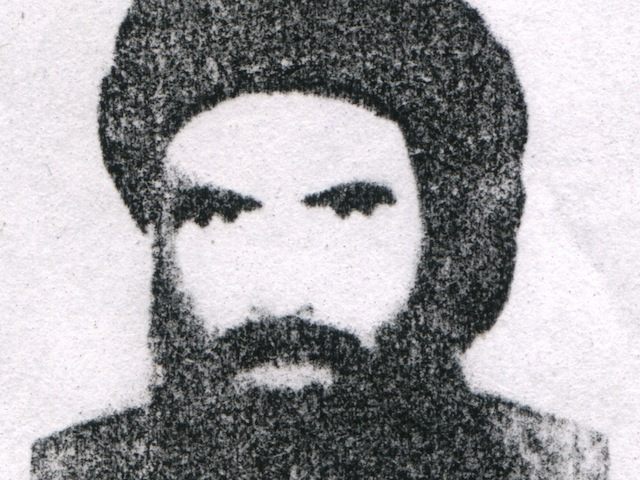The Taliban has admitted that it intentionally covered up the death of its long-time leader Mullah Mohammed Omar for more than two years, confirming for the first time claims by Afghanistan’s intelligence agency the Sunni terrorist group’s chief died in April 2013.
Buried inside a nearly 5,000-word biography of the newly appointed Taliban leader Mullah Akhtar Mansour that was released Monday, the belated admission indicated that Mullah Omar’s death was kept secret to wait out the drawdown of U.S.-led NATO troops from Afghanistan and avoid group disintegration, Australia’s ABC News reports.
The statement indicated that Omar’s demise was kept in the dark to keep Taliban morale high as the U.S.-led coalition’s intervention in Afghanistan wound down, notes CNN.
In late July, the Taliban conceded that Omar was dead as it announced for the first time that Mansour was its new leader.
However, the Taliban refused to specify where, when, or how their leader died.
“Several key members of the supreme leading council of the Islamic Emirate and authentic religious scholars together decided on concealing the tragic news [of Mullah Omar’s death],” the Taliban reportedly said, in the statement, providing the date of Omar’s death as April 23, 2013. “One of the main reasons behind this decision was due to the fact that 2013 was considered the final year of power testing between the Mujahidin and foreign invaders who in turn had announced that at the end of 2014, all military operations by foreign troops would be concluded.”
The Taliban, as recently as July, had continued to release officials statements attributed to Mullah Omar, referring to him to as a “commander of the faithful” who counted with the support of loyal militants across the region.
The U.S. and NATO troops ended their combat mission in Afghanistan at the end of 2014 and withdrew most of their troops out of the country.
Nevertheless, a 13,000-strong force, most of them Americans, remains in Afghanistan conducting training and counterterrorism operations.
There has been a surge in Taliban attacks following the end of the combat mission, with the terrorist group advancing in districts that were once liberated by U.S. and international forces at a great cost in military lives.
The Taliban has inflicted a record number of casualties among Afghan security forces and civilians.
Mullah Mansour’s appointment as the new Taliban leader came as the jihadist group was dealing with peace negotiations-related infighting the has triggered defections to its rival the Islamic State (ISIS/ISIL).
Peace talks between the Taliban and the Afghan government have fallen apart since Omar’s death was first announced and Mansour, who reportedly supports the peace negotiations, was named as his replacement.
Mullah Omar’s confirmed death has threatened to break the Taliban into rival groups: those who support peace talks, and those who do not. Some high-ranking Taliban commanders reportedly dislike Mansour.
“The belated admission by the Afghan Taliban of their elusive leader’s death exposed rifts in the Islamist rebel organization at the weekend and underlined Pakistan’s role as a haven for extremist militants from south and central Asia,” notes the Financial Times (FT).

COMMENTS
Please let us know if you're having issues with commenting.